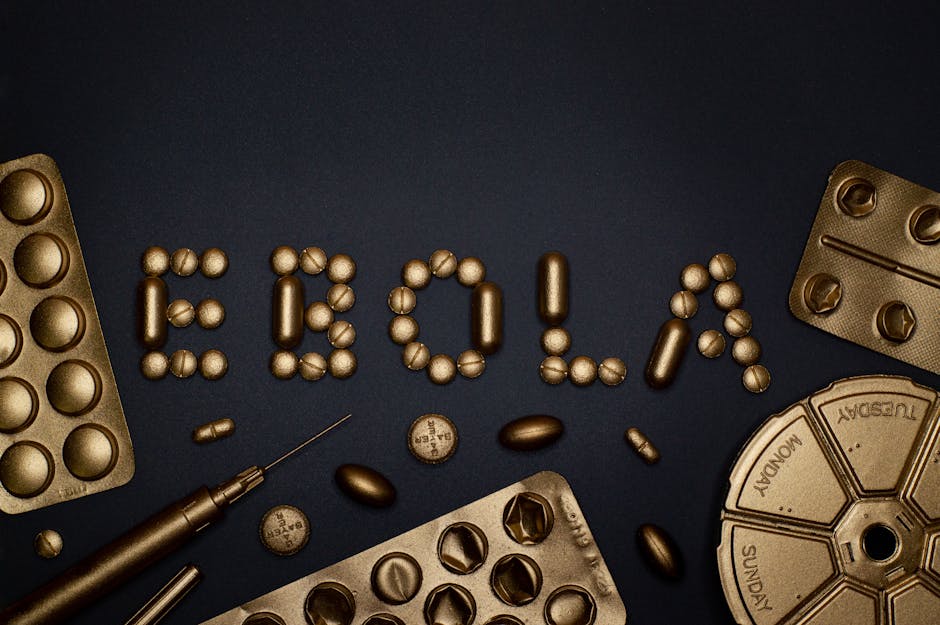Charcot-Marie-Tooth Disease (CMT): Understanding Symptoms, Diagnosis, and Treatment Options
Charcot-Marie-Tooth disease (CMT), also known as hereditary motor and sensory neuropathy (HMSN), is a group of inherited disorders that affect the peripheral nerves. These nerves are responsible for transmitting signals between the brain and spinal cord and the rest of the body, controlling muscle movement and sensation. CMT leads to progressive muscle weakness, atrophy (wasting away), and sensory loss in the extremities, typically starting in the feet and legs and gradually progressing upwards.
Types of Charcot-Marie-Tooth Disease
CMT is a diverse group of diseases, with over 80 different subtypes identified. These subtypes are classified based on genetic mutations and the specific types of nerves affected. The most common types are CMT1A, CMT1X, and CMT2. The classification helps doctors understand the specific genetic cause and predict the likely disease course.
CMT1A:
The most prevalent type, CMT1A, is caused by a duplication of the gene encoding for peripheral myelin protein 22 (PMP22). This duplication leads to the formation of excess PMP22 protein, disrupting the myelin sheath, the protective layer surrounding nerve fibers. This disruption slows down nerve signal transmission, leading to the characteristic symptoms.
CMT1X:
CMT1X is linked to the X chromosome, making it more common in males. It’s caused by mutations in the gene encoding for connexin 32 (Cx32), a protein crucial for the formation and function of gap junctions in Schwann cells, which produce myelin. Similar to CMT1A, this leads to demyelination and slowed nerve conduction.
CMT2:
CMT2 encompasses a variety of subtypes characterized by axonal degeneration. This means that the nerve fibers themselves are damaged, rather than the myelin sheath. This results in a slower progression of symptoms compared to CMT1, but the ultimate impact can be similarly debilitating.
Symptoms of Charcot-Marie-Tooth Disease
The symptoms of CMT often appear gradually, usually in childhood or adolescence, although the onset can vary. Early symptoms are often subtle and may be mistaken for other conditions. Common symptoms include:
- Progressive muscle weakness and atrophy: Primarily affecting the muscles of the feet and lower legs, leading to foot drop, high-arched feet, and difficulty walking.
- Sensory loss: Reduced sensation in the feet and legs, often progressing upwards. This can lead to injuries going unnoticed and increased risk of falls.
- Loss of reflexes: Diminished or absent reflexes in the lower extremities.
- Foot deformities: High arches (pes cavus), hammertoes, and claw toes are common.
- Muscle cramps and pain: Frequent muscle cramps, especially at night.
- Difficulty walking: Gait abnormalities, including a high-stepping gait and waddling.
- Scoliosis: Curvature of the spine.
- Hand weakness and atrophy (in later stages): Weakness and wasting of the muscles in the hands and forearms.
The severity of symptoms varies widely depending on the type of CMT and individual factors. Some individuals may experience only mild symptoms, while others may develop significant disability.
Diagnosis of Charcot-Marie-Tooth Disease
Diagnosing CMT involves a thorough clinical examination, focusing on neurological symptoms and family history. Tests commonly used include:
- Nerve conduction studies (NCS): Measure the speed of nerve signal transmission. Slowed conduction velocity is characteristic of CMT1.
- Electromyography (EMG): Evaluates the electrical activity of muscles. This helps assess muscle damage and nerve function.
- Genetic testing: Identifies specific gene mutations that cause CMT. This is becoming increasingly important for accurate diagnosis and prognosis.
- Muscle biopsy: A small sample of muscle tissue is examined under a microscope to assess muscle fiber damage.
- Imaging studies (e.g., X-rays): May be used to assess for bone deformities, such as scoliosis.
A thorough family history is crucial since CMT is inherited. Knowing if other family members have similar symptoms can significantly aid diagnosis.
Treatment Options for Charcot-Marie-Tooth Disease
Currently, there is no cure for CMT, but various treatments can help manage symptoms and improve quality of life. These include:
- Physical therapy: Exercises to strengthen muscles, improve balance, and maintain mobility. This is often a cornerstone of CMT management.
- Occupational therapy: Adaptive techniques to help with daily activities, such as dressing, eating, and writing.
- Orthotics: Braces and supportive footwear to correct foot deformities and improve gait.
- Surgery: In some cases, surgery may be necessary to correct severe foot deformities or address complications such as scoliosis.
- Pain management: Medications to alleviate muscle cramps and pain.
- Assistive devices: Walking aids, such as canes or walkers, can improve mobility and independence.
- Genetic counseling: For individuals with CMT and their families, to understand inheritance patterns and implications for future generations.
Living with Charcot-Marie-Tooth Disease
Living with CMT requires a proactive approach to managing symptoms and maintaining independence. Regular exercise, physical therapy, and adherence to treatment plans are crucial. Support groups can provide valuable emotional and practical support, allowing individuals to connect with others facing similar challenges. Early diagnosis and intervention can help slow disease progression and improve long-term outcomes. Furthermore, advancements in research are constantly improving our understanding of CMT, leading to the potential for new therapies in the future.
Research and Future Directions
Significant research efforts are underway to understand the underlying mechanisms of CMT and develop effective therapies. Researchers are exploring potential drug targets, gene therapy, and other innovative approaches. Clinical trials are evaluating new treatments, offering hope for improved management and potentially even disease modification in the future. Staying informed about the latest research advancements is crucial for individuals affected by CMT and their families.
Conclusion
Charcot-Marie-Tooth disease is a complex group of inherited disorders affecting the peripheral nerves. While there is currently no cure, advancements in diagnosis and management offer hope for improving the lives of individuals affected by CMT. By understanding the symptoms, diagnosis, and available treatments, individuals can work with their healthcare team to develop a personalized care plan that addresses their unique needs and promotes a fulfilling and independent life.

